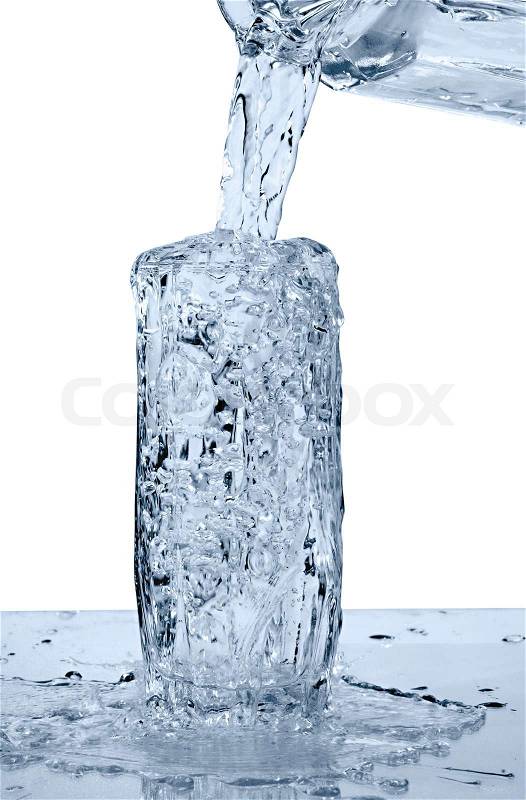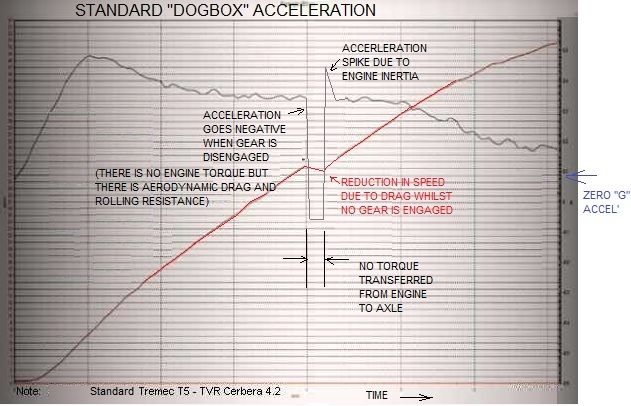Ooops, I mustnt give them any ideas, forget I said that. (I have more
- Login or Register
No account yet? Sign up
...unless you replace the old style dogs with the seamless-shift dog arrangement in which case it will be faster and smoother.autogyro wrote:You still will not beat a power on dog box up shift with a good driver.
Makes a big jolt though.



Just checking, but you do know that "Speed" measured in one specific direction = "Velocity" (so when talking about acceleration of a vehicle in a straight line, velocity = speed) -That's the red trace in the two graphs.autogyro wrote:Hahahaha one minute its velocity then its acceleration then its G.
Still disagree, high friction loss during an overlap period, wouldn't be very seamless. And some cannot even overlap, because of the friction plates configuration.gruntguru wrote:Machin. 100% correct. The over-running dog system can be totally seamless whereas the traditional dog box cannot.
NL_Fer. A DSG box can be totally seamless. During the handover period, torque is being transferred by both clutches and both ratios simultaneously. The difference between shifts on a DSG and the over-running dog is the DSG can prolong the "handover" for as long as the designer wants (at the expense of high friction loss). Handover time on the over-running dog system is very short and is a function of the compliance of the components transferring the torque.
Remember; Seamless shift pre-dates KERS by about 2 or 3 years, and that TVR doesn't have any sort of Hybrid system. I'm pretty sure that what I read was they were using the KERS system to fill in the "gaps" in the output power that you get between the power peaks in each gear (i.e. even when the gear is fully engaged, and not specifically during the shift itself). This means that rather than getting a rise and fall in the available power as the car goes through the gears you can get a smooth power output... I'll draw what I mean.. give me a few moments....NL_Fer wrote:Also i remember, already in 2009 they were using the kers unit, to smoothen out the shifts.

Ahhn Yeah... I see. Although by all accounts the Zeroshift demonstrators tested by numerous magazines were very smooth and they didn't use any sort of "auxiliary engine braking unit".... If F1 teams do use the KERS motor that way I would suggest that it is probably only a minor improvement over an ignition cut strategy and not at all an integral part of the seamless-shift technology; remember drivers were already saying that seamless shift was smoother than "the old way" back in 2007 (see quote a few pages back); i.e. before KERS was introduced.After KERS they started to shift with no ignition cuts, just the KERS unit acting as a brake on the crankshaft